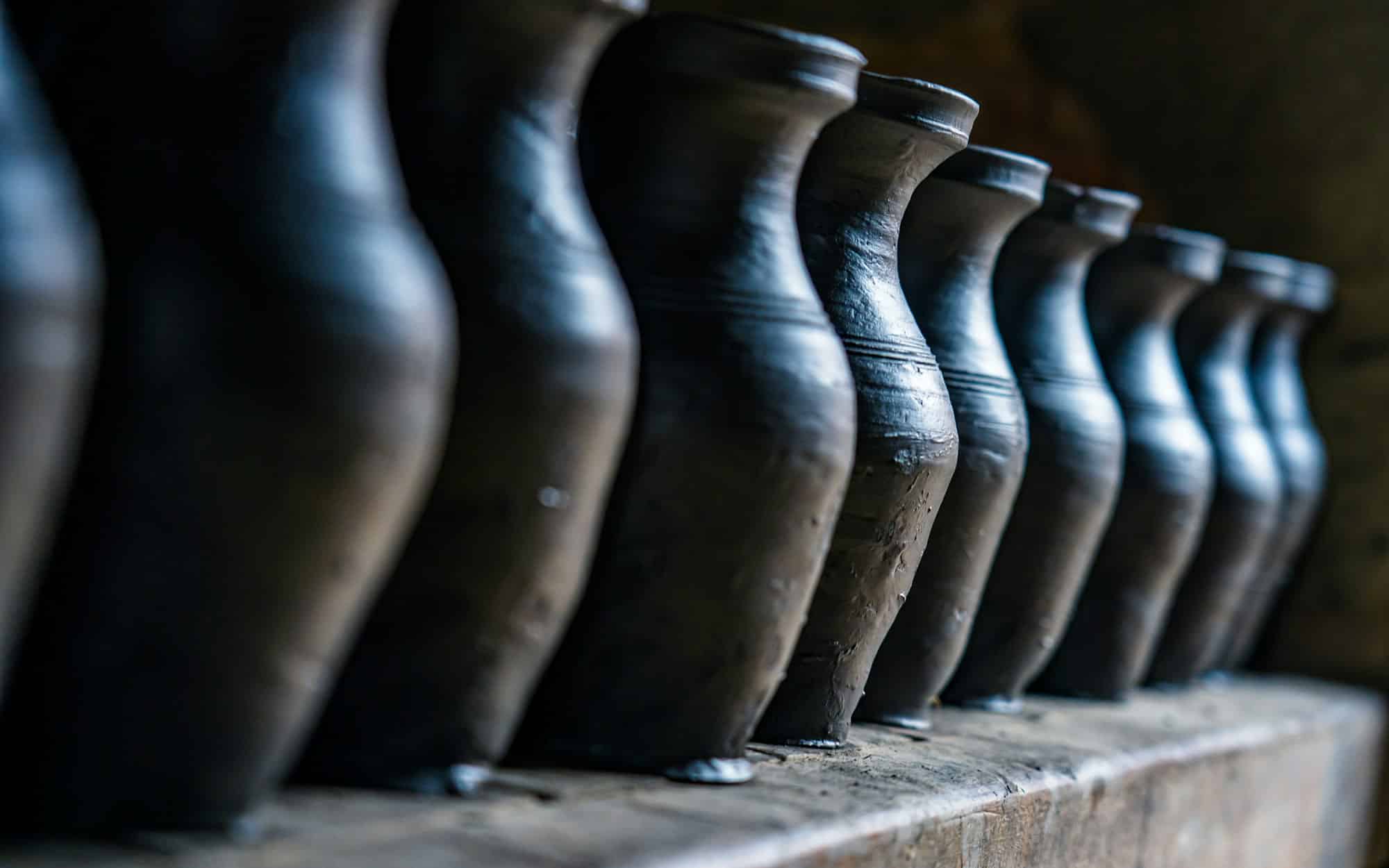What if we told you that there is a way to keep your car looking shiny and new, even in the UK’s unpredictable climate? The key is ceramic coating, a product that provides significant protection for your vehicle’s paint job. This article will explore the ins and outs of DIY ceramic coating application, offering you tips and guidance so you can give your car the care and attention it deserves.
Understanding the Benefits of Ceramic Coating
Before we dive into the process, you need to understand why ceramic coating is a worthwhile investment for your car. This product is a scientifically-engineered solution designed to provide a high level of protection to your vehicle’s outer surface.
In the same genre : Essential Factors to Consider When Selecting Winter Tires for Your Sports Car in the UK
Ceramic coatings bind at a molecular level to your car’s paint, creating a resilient layer that endures for years. Unlike wax or other coating products, ceramic coatings provide a more durable and long-lasting solution. They protect your car’s paint from UV rays, reduce water spots by repelling water, and resist minor scratches and contaminants.
The benefits of applying ceramic coating are not just aesthetic. It also saves you time and money in the long run. With the coating in place, your car will need less frequent washing and detailing. Plus, it enhances your vehicle’s resale value due to the well-maintained appearance.
Also to see : How can you optimize the air-fuel mixture for better performance in UK-spec turbocharged cars?
Selecting a Suitable Ceramic Coating Product
Now that you understand what ceramic coating can do for your vehicle, the next step is to choose the right product. The market is flooded with various brands and types of coatings, each with its unique features and benefits. Picking a suitable product is paramount to achieving the results you desire.
Bear in mind that not all ceramic coatings are created equal. Some are tailored for professional use, while others have been designed for the DIY enthusiast. Make sure to choose a product that matches your experience level and the amount of time you have to dedicate to the task.
Also, consider the climate. The UK weather can be unpredictable, with frequent rainfall and humidity. Look for a product that boasts excellent water repellency and is resistant to high levels of humidity.
Preparing Your Car for Ceramic Coating
Before you apply the ceramic coating, your car needs to be prepared. This step is crucial as it ensures the product adheres well to the vehicle’s surface and functions as intended.
Firstly, thoroughly wash your car. This includes the wheels, as they can transfer dirt and dust onto the paintwork. Use a good quality car wash detergent to clean the surface of all dirt, grime, and contaminants. Follow this up with a clay bar treatment to remove any remaining particles.
Next, consider using a paint correction compound to even out the paint and remove any swirls or scratches. Finish off the preparation stage by wiping down the car with an isopropyl alcohol solution. This final step is essential as it removes any remaining oils or waxes, leaving a clean surface for the ceramic coating to adhere to.
Applying the Ceramic Coating
Now it’s time for the main event – applying the ceramic coat. Remember, patience is the key here. It’s not a process you want to rush.
Start by applying a small amount of the product onto an applicator pad. Spread it evenly across a small section of the car’s surface using a crisscross pattern. Allow the product to bond with the car’s paint. Depending on the specific product you’re using, this could be anywhere from a few minutes up to an hour.
Once the coating has bonded, buff off any excess with a microfiber towel. Repeat the application process until the entire car has been coated. Make sure to apply the coating evenly to avoid high spots or streaks.
After the entire vehicle has been coated, it will need to cure. This can take up to 48 hours, during which time the car should be kept dry and out of direct sunlight.
Maintaining Your Ceramic Coating
The final step is maintaining your ceramic coating to ensure it continues to protect and beautify your car for many years. Although ceramic coatings are more durable than wax, they still need care.
Regular washing is vital to keep your car looking its best. Use a pH-neutral car wash soap, as harsh chemicals can degrade the coating. Avoid using abrasive materials to wash your car, as they can scratch the coating.
Consider reapplying the ceramic coating every two to three years for the best results. By following this guide, you will ensure that your car remains in pristine condition, despite the UK’s challenging climate conditions. Remember, the effort you invest in protecting your car will pay dividends in terms of its longevity, appearance, and value.
Choosing the Right Tools for Ceramic Coating Application
Selecting the appropriate tools for your DIY ceramic coating project is crucial for a successful application process. You can’t paint a masterpiece with the wrong brushes; similarly, applying a ceramic coat needs the right tools.
Firstly, ensure you have a high-quality applicator pad. This tool is essential for spreading the ceramic coating evenly across your car’s surface. It’s advisable to have a few spare pads on hand, especially if you’re coating a larger vehicle.
Next, consider investing in a clay bar. As mentioned earlier, a clay bar is crucial for removing any remaining contaminants from the paintwork after washing. The smoother and cleaner the surface, the better the ceramic coating will adhere.
A microfiber towel is another must-have. After applying the ceramic coating, you’ll need to buff off any excess. Microfiber towels are ideal for this, as they’re soft and won’t scratch the surface.
Lastly, to ensure that the ceramic coating cures properly, consider purchasing a car cover. As the UK climate is unpredictable, this will protect your car from sudden rain showers during the curing process.
Remember, skimping on the tools will only lead to subpar results. Investing in quality tools will go a long way in ensuring your car gets the perfect ceramic coat.
Conclusion: Safeguarding Your Car with Ceramic Coating in the UK
In conclusion, applying a DIY ceramic coating to your car in the UK is a manageable task if you understand the procedure and prepare adequately. The unpredictable UK weather may present some challenges, but with the right tools, product choices, and patience, you can ensure the job is done to a high standard.
Remember, a ceramic coating is more than just an aesthetic enhancement. It’s a wise investment in the longevity, appearance, and value of your vehicle. The process may seem a bit challenging initially, but the rewards are worth the effort: a stunning, well-protected car that can stand up to the UK’s varied climate.
In following this guide, you’ve learned not only how to apply ceramic coating but also how to maintain it. Regular care of your ceramic coating will maximise its lifespan and keep your vehicle looking its best. It’s a testament to the saying ‘look after your car, and your car will look after you’. So, embrace the DIY spirit, roll up your sleeves, and get your car gleaming with a fresh ceramic coat!











